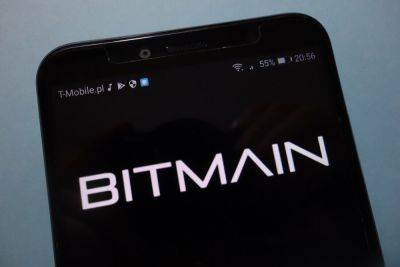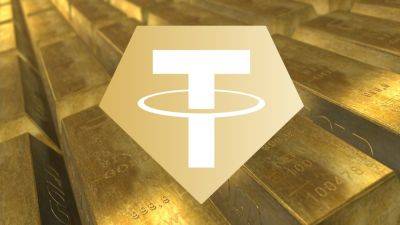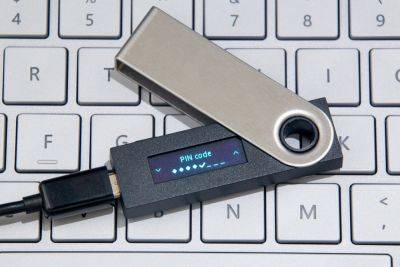What is the CryptoNight mining algorithm, and how does it work?
Mining algorithms are the backbone of blockchain-based networks like Bitcoin and other protocols.
In blockchain technology, mining algorithms are necessary for transaction verification and network security. A mining algorithm instructs miners’ computers to follow a set of rules to generate a valid block.
Proof-of-work (PoW) is the well-known consensus algorithm used by Bitcoin and other cryptocurrencies. In PoW, miners compete using computational power to find a specific hash value that will give them the new block. Application-specific integrated circuits (ASICs) are the specialized hardware necessary for miners to be competitive in such an energy-intensive process, but before ASICs, lower-scale CPU and GPU mining equipment was utilized by users at home.
ASIC mining primarily uses the SHA-256 hash function, which was designed by the United States National Security Agency (NSA) and published in 2001 as a data integrity standard. Bitcoin uses SHA-256 to ensure maximum security and integrity, as the slightest change to the algorithm would alter the mining hash function output.
To keep up with industrial-scale mining operations, many miners join mining pools to combine their computational power, thereby increasing the chances of successfully mining a block. Block rewards are shared proportionally based on each member’s contribution.
Choosing the mining algorithm is a crucial decision for a cryptocurrency project, as it determines the rules and requirements necessary to create and secure the blockchain network, other than how the participants are rewarded with newly minted coins. Examples of other popular mining algorithms include Ethash, used by the Ethereum blockchain, and CryptoNight, used by the Monero Network.
CryptoNig
Read more on cointelegraph.com






















